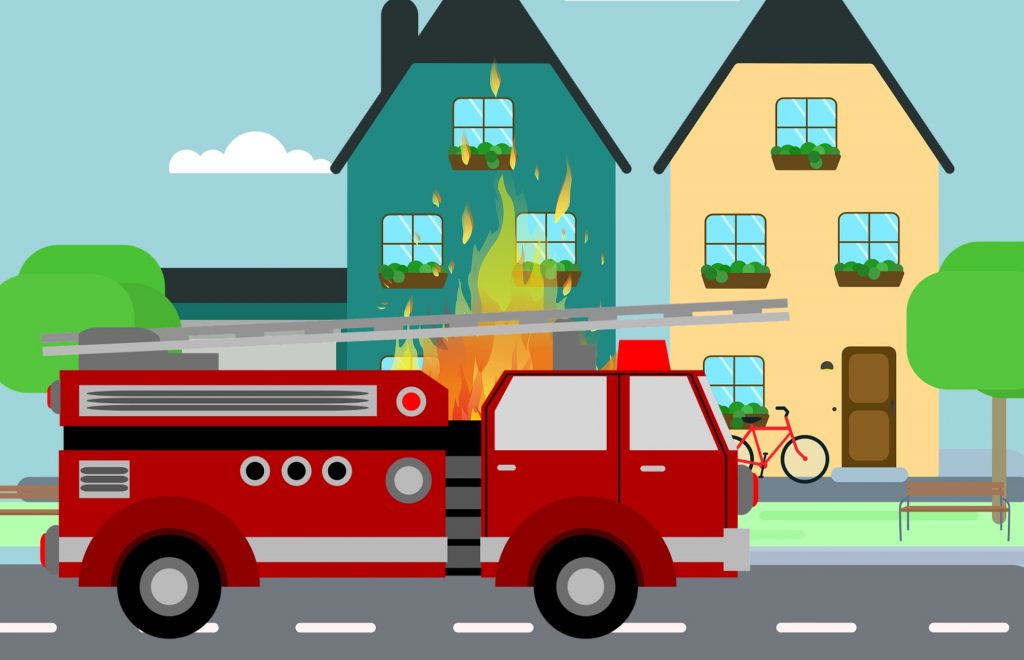
What is the problem?
Home fires kill almost 7 people every day in the United States. Many house fires could be prevented with changes in behaviour. Research studies should help us understand what things we can do to change behaviour and reduce house fire risks. The purpose of this study was to evaluate and summarize all the published studies on home fire prevention programs, to support use of best practices.
How did the team study the problem?
We searched health sciences databases that indexed research published from January 1998 to July 2018 to identify studies home fire prevention. We found many studies that mentioned fire or firefighters but only 10 studies that were about interventions to improve home fire safety. Two researchers recorded all the key information about these studies (who participated, what was done, what were the results). They also rated the quality (very low to high) of the 10 studies.
What did the team find?
We found 8 studies that used a random process to put people into a group that got the prevention program and compared the prevention group to a different group who did not get the prevention program. This reduces the chance of biased results. We found 2 studies that looked at the effects of prevention where everyone received the same program. Of the 8 studies, 5 of the randomized studies reported a positive effect of the prevention program.
Two randomized studies that compared fire safety programs (Risk Watch or Great Escape) provided to children in school showed better safety knowledge compared to the children who did not get the program. A randomized study where fire prevention was taught to low-income families with young children (at church or preschool) found that families reported more use of fire safety behaviors at home improvement, compared to those who did not get the program. A randomized study found that when families with young children were given home safety counselling and a fire safety kit, they had better home safety knowledge, while those who did not get the program did not change. A study that randomized adults to instructor-led or computer-based home safety education found that the delivery method had both ways of proving the instruction were equally good at improving home safety knowledge or reported use of safe behaviors.
How can this research be used?
Overall, we found positive effects for home fire safety programs. This includes support for fire prevention programs. The focus has been on children and families. Other researchers can use these promising results to plan future studies that test the effectiveness of home fire prevention programs on a larger scale.
Cautions
Fire prevention programs that target children and families can be provided in many ways, and only a few ways have been studied. The studies had problems with design and control that made us less confident of the results. More studies are needed to identify best practices.
Funding Sources: Maya Senthilkumaran was supported by the Hamilton Health Sciences High School Health Research Bursary Award. Goris Nazari is supported by the Transdisciplinary Bone & Joint Training Award, Western University London ON Canada. Joy C MacDermid was supported by a CIHR Chair in Gender, Work and Health and the Dr. James Roth Research Chair in Musculoskeletal Measurement and Knowledge Translation.
